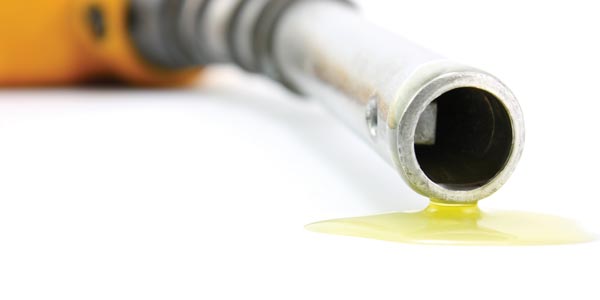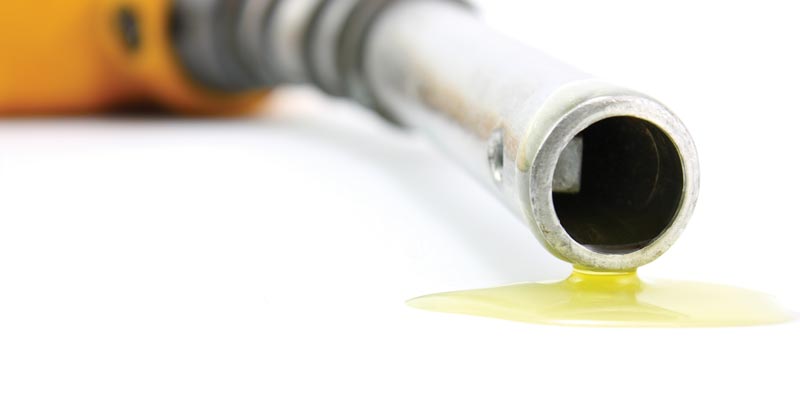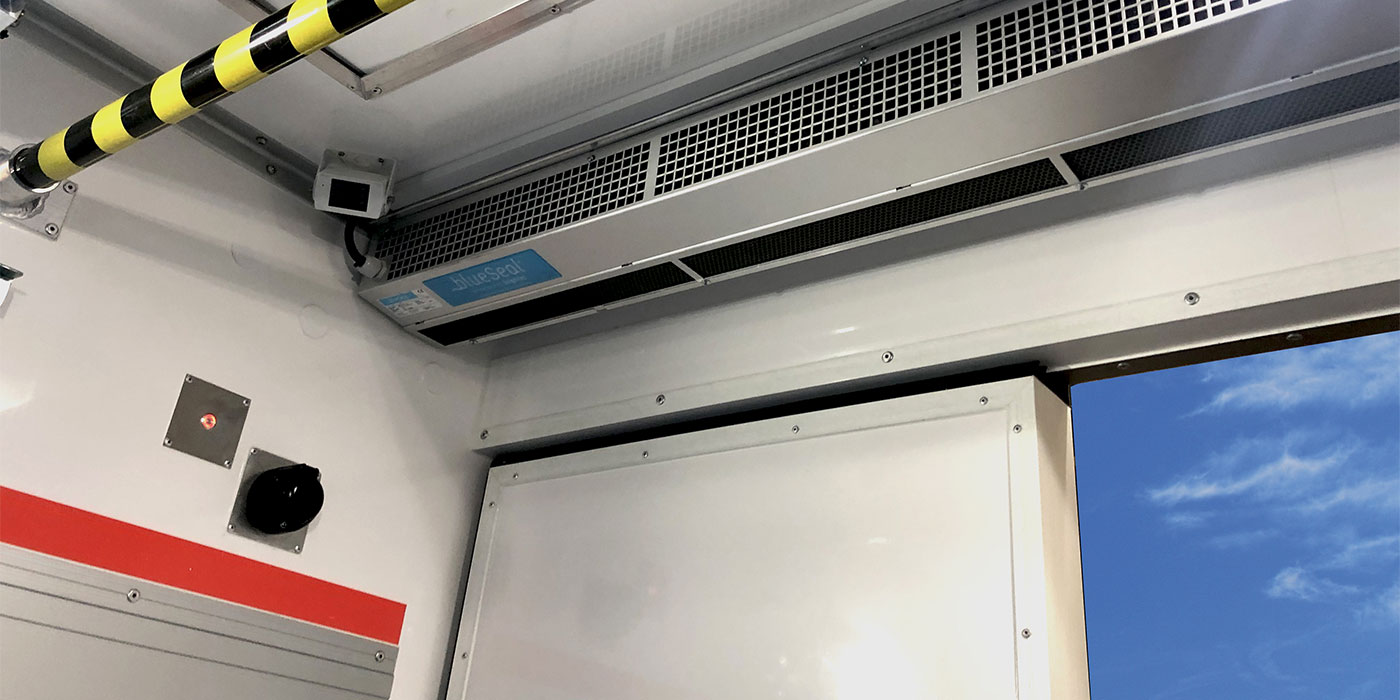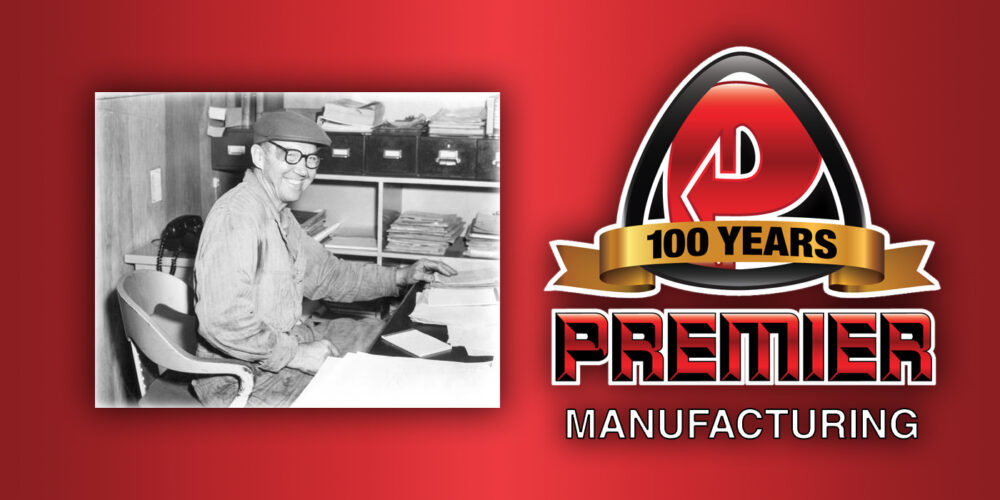
Vehicle manufacturers and many fleets are moving to lower viscosity oils to obtain better fuel economy and help reduce greenhouse gases compared to SAE 15W-40 engine oils. High-quality, low-viscosity oils can provide between 1% and 3% increase in fuel economy.
Even the smallest increases in fuel economy can result in significant reductions in fuel consumption and carbon dioxide emissions. For example, every U.S. truck increasing its fuel economy by just 1% would see an annual reduction of over four million tons of carbon dioxide emissions, which is the equivalent of removing more than 20,000 trucks from the road.
Lower viscosity oils pump more easily and help to reduce engine friction, which can improve fuel economy. There are different types of viscosity measurements that can be used to describe and measure the viscosity. One such method is called the high-temperature, high-shear (HTHS) viscosity (defined as an oil’s resistance to flow under high-stress conditions at operating temperatures) that distinguishes CK-4 oils from FA-4 oils for modern engines. HTHS is seen as a more accurate method for measuring viscosity.
The stated viscosity of an oil does not represent an exact viscosity, but rather a viscosity within a range on the Society of Automotive Engineers (SAE) viscosity scale. SAE engine oil viscosity is measured in centistokes (cST) at 100°C. “W’ grades, or the number before the “W” in the SAE viscosity, are measured at 40°C. For example, 10W-30 engine oils can fit anywhere in the range of 9.30 cST to 12.49 cST. Engine oils closer to 9.30 cST will provide better fuel economy benefits than oils closer to 12.49 cST. Therefore, you could have two separate 10W-30 engine oils produce two different results in fuel economy.
SAE oil viscosity grades are defined by four different tests. Low-temperature pumping and cranking viscosities define the winter grade (for example, the 15 in 15W-40). HTHS dynamic viscosity contributes to the SAE viscosity grade definition (for example, the 40 in 15W-40). Low shear kinematic viscosity (KV100) contributes to the definition of monograde oils and provides a viscosity range for high-temperature viscosity grades in multigrade oils.
The stated viscosity of an oil does not represent an exact viscosity, but rather a viscosity within a range on the Society of Automotive Engineers (SAE) viscosity scale.
Switching to a lower viscosity grade SAE oil, for example, from a 10W-40 to a 10W‑30 oil, will provide modest fuel economy benefits. Even within a viscosity grade, differences in HTHS viscosity could affect fuel economy.
The minimum HTHS viscosity for (XX) W-30 CK-4 oils is 3.5 centipoise (cP). FA-4 XXW-30 oils have HTHS viscosities between 2.9 and 3.2 cP, which help to enhance fuel efficiency further. They are designed to provide fuel economy without sacrificing engine protection in a range of applications.
For example, for a specific heavy-duty engine, switching from a 15W-40 CK-4 oil with a 3.9 cP HTHS viscosity to a 10W-30 oil with a FA-4 (2.9 cP) HTHS viscosity provides a fuel economy improvement of about 1% in high-speed, high-load driving conditions and up to four percent at low-speed, low-load driving conditions.
Manufacturers are using this information to design modern engines to improve fuel economy and fleets should considering moving to low viscosity oils such as SAE 10W-30. Both low viscosity CK-4 and FA-4 oils will provide long oil life and the same strong level of engine protection with FA-4 oils specifically intended to deliver additional fuel economy benefits for modern diesel engine technology over API CK-4 oils. Always follow original equipment manufacturer recommendations as some OEMs do not yet allow the use of FA-4 oils.
Dan Arcy is the global OEM technical manager for Shell Lubricants.
Check out the rest of the June digital edition of Fleet Equipment here.














